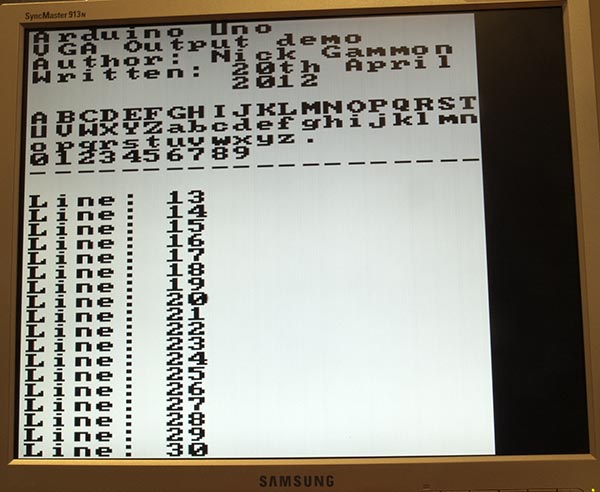Eliffff
New Member
The term project involves the practical application of frequency modulation (FM) in transmitting images of limited size (typically one LOGO).
Step 1: Text-to-speech conversion (Ardinuio, etc.)
Step 2: Modulate in FM and transmit
Step 3: Receive and Demodulate
Step 4: Filter out and detect.
Step 5: Speech to text conversion
Step 6: Prompt on an LCD screen
How can I design this project ? I understand nothing please suggest books, project like this
Step 1: Text-to-speech conversion (Ardinuio, etc.)
Step 2: Modulate in FM and transmit
Step 3: Receive and Demodulate
Step 4: Filter out and detect.
Step 5: Speech to text conversion
Step 6: Prompt on an LCD screen
How can I design this project ? I understand nothing please suggest books, project like this



